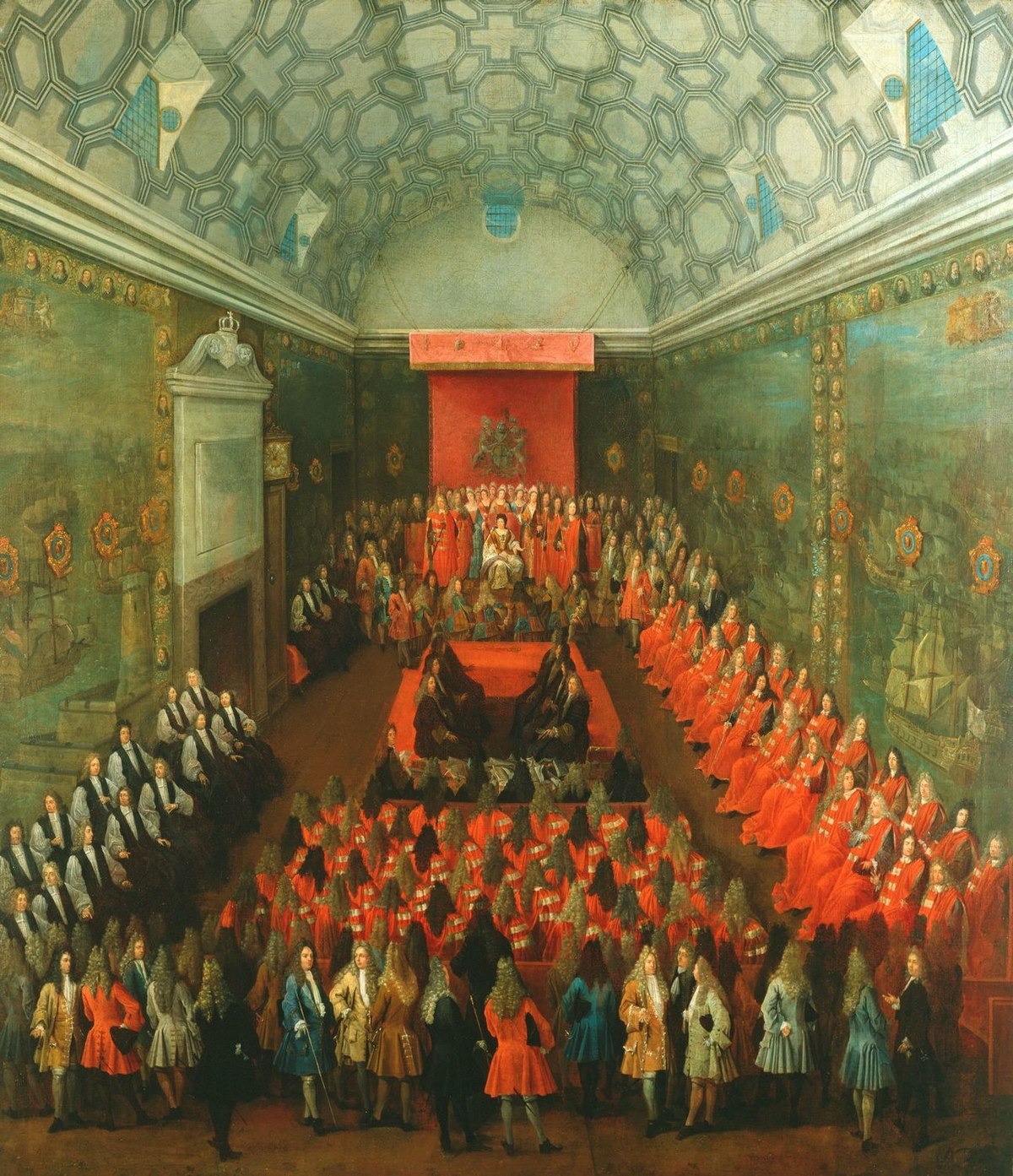
Acts of Union 1707
United KingdomThe Acts of Union were two Acts of Parliament: the Union with Scotland Act 1706 passed by the Parliament of England, and the Union with England Act 1707 passed by the Parliament of Scotland. By the two Acts, the Kingdom of England and the Kingdom of Scotland—which at the time were separate states with separate legislatures, but with the same monarch—were, in the words of the Treaty, "United into One Kingdom by the Name of Great Britain".
The two countries had shared a monarch since the Union of the Crowns in 1603, when King James VI of Scotland inherited the English throne from his double first cousin twice removed, Queen Elizabeth I. Although described as a Union of Crowns, and in spite of James's acknowledgement of his accession to a single Crown, England and Scotland were officially separate Kingdoms until 1707. Prior to the Acts of Union there had been three previous attempts (in 1606, 1667, and 1689) to unite the two countries by Acts of Parliament, but it was not until the early 18th century that both political establishments came to support the idea, albeit for different reasons.
The Act of Union of 1800 formally assimilated Ireland within the British political process and from 1 January 1801 created a new state called the United Kingdom of Great Britain and Ireland, which united Great Britain with the Kingdom of Ireland to form a single political entity. The English parliament at Westminster became the parliament of the Union.
